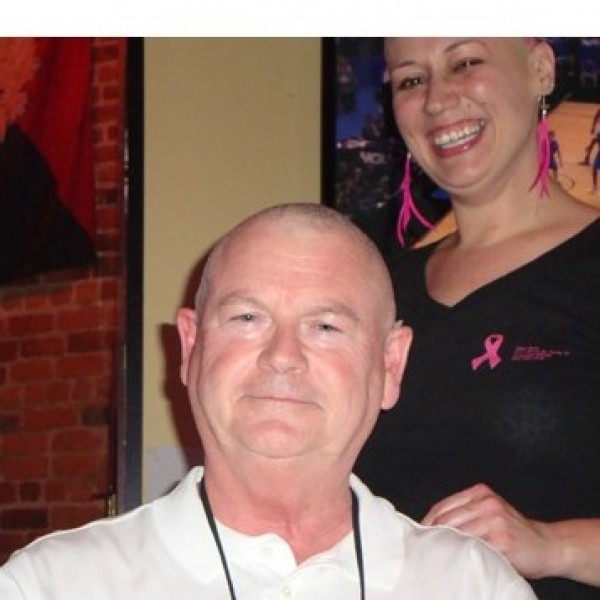That’s right – Spring is approaching, so that means it’s time for me to go bald again in solidarity with children who have cancer and typically lose their hair during treatment, while raising critical funds for childhood cancer research through the St. Baldrick’s Foundation. But I can’t do it without your help and support again this year.
Last year, with your help, I was able to raise $7,560 to help fund research to find cures for children’s cancer. Thankfully, Cas and I have three healthy grandchildren. My hope today is that no child should ever suffer from this disease and if we join forces today we can make that a reality.
I am asking for your generous financial support as you have done in the past. The easiest way to make a donation is to log onto www.stbaldricks.org. Click on “Participants,” then on “Find a Participant” and fill my name in the proper blanks on the left side of the screen. You’ll be directed to a page where you can make your contribution with a credit card or by printing the form from the internet and mailing a check directly to the Foundation. Regardless of how you give, please designate your gift under my name so I can show people I continue to have a great community of generous caring friends.
Why raise money for children’s cancer research you ask? There are several reasons. Those of you who know me well, know I am a firm believer in basing decisions on research findings and on sound science. Please consider these facts from the St. Baldrick’s Foundation….
- Close to no money is spent by pharmaceutical companies on new drugs to cure children of cancer.
- The average age of a child diagnosed with cancer is 6. The average age of an adult is 67 – yet the National Cancer Institute spends 96% of its budget on adult cancers.
- In developed countries, despite tremendous research progress, cancer still kills more children than any other disease, and yet many other diseases receive proportionately more from government and most charitable sources.
- Major cancer charities often feature children in their marketing efforts, but only direct as little as 3% of their funding to actually helping those children.



